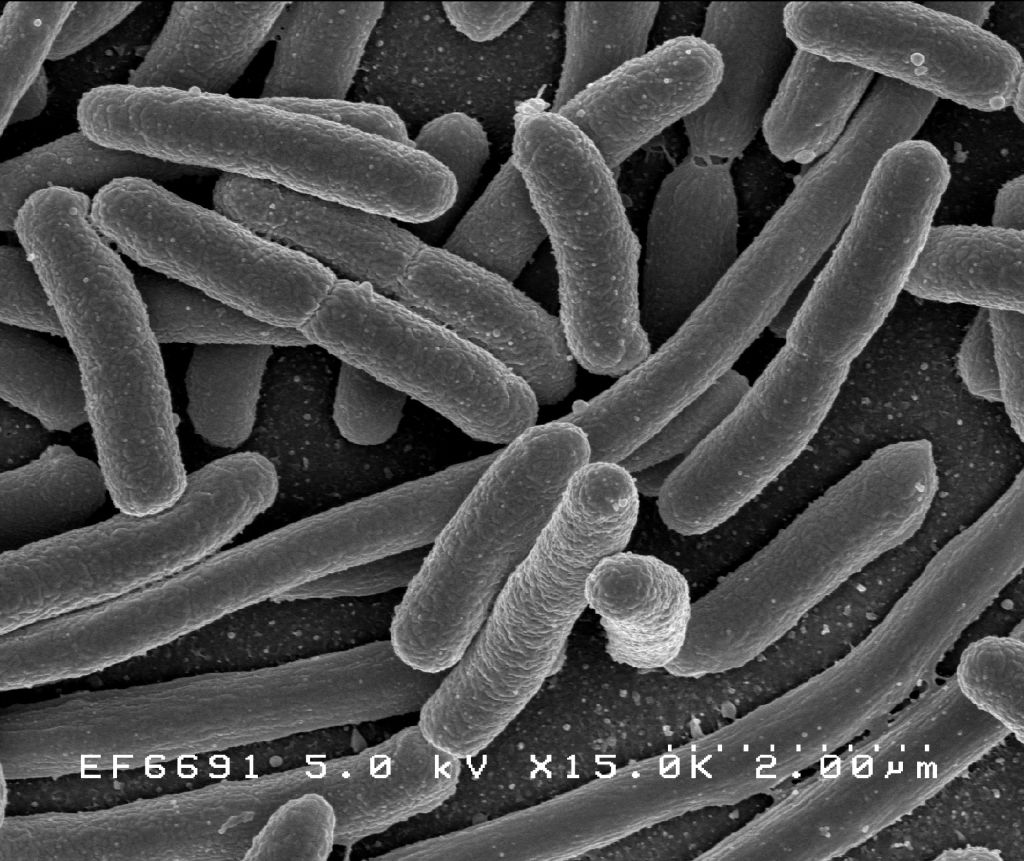Part 4: Micro Organisms of the Gut
Please see the other parts of the article; once they are completed the links will be active:
Part 1: anatomy of the human microbiome
Part 2: micro-organisms on the skin
Part 3: micro-organisms in the mouth
Part 5: implications for modern medicine
The increased knowledge of gut bacteria is a an excellent example of a paradigm shift in the health community. The scientific community has obtained an incredible amount of knowledge from this new field of microbiology. The gut flora is sometimes considered an organ because of its importance, this community of micro-organisms is evidenced to protect its host (that’s us) from pathogens and allow us to extract nutrients from our diet.
Your colon contains over 100 trillion micro-organisms most of which are bacteria. It also has the most complex and intricate interactions of the human micro-biome. The flora in the stomach and upper intestine are not as diverse or populous. This “gut” ecosystem is complex with over 400 species (identified genomes) but not quite as numerous as the 1,000 different genomes of skin micro-organisms. This is probably because of the skin’s increased interaction with the environment.
Bacteria populations within the gastrointestinal tract differ greatly depending on the host: geographical location, diet, genetics, even the behaviors of different species are vastly different based on the history of the host. Not surprisingly, diet is probably the largest factor in the populations of bacteria in the gut.
These bacteria have lots of different functions: synthesizing vitamin B and K, nutrient extraction, metabolizing bile acids, sterols, and xenobiotics, defense against pathogens, cell growth stimulation, and response to disease. They are often referred to as the forgotten organ because of the immense role they play in digestion and little attention they have received until more recently.
Gut flora evolve during the course of an individual’s life. These microbiota are non-existent until birth, and mature at the age of 3. Micro-biota are normally associated with nutrient intake, and concentration of communities are indicative of the type of diet of the host. This ecosystem, or microbiome in the gut is essentially your metabolism and what allows your body to breakdown and re-intake nutrients from your food sources. They believe this may be a reason why breastfeeding is important for infants; the nutrients help to form the initial microbiome of the child.
Without these bacterial cells, our bodies wouldn’t be able to breakdown certain nutrients. They also help the gut to maintain efficiency, especially in the colon. The colon has a lower pH level than the rest of the body, preventing harmful bacteria from proliferating and possibly even enhancing the excretion of carcinogens (cancer causing agents).
Gut bacteria have a primary role in nutrient absorption, especially electrolytes, and help the body to control its fat levels. They also help to fight allergens including over-action of the immune system. Some bacteria can even stop inflammation during the digestive process. Some genus’ of bacteria aid cancer growth, while some fight it. There is increasing evidence to suggest that obesity might be caused by bacteria populations and that the two could be intricately related.
The populations of micro-organisms in your gut is not to be under-estimated, we will be learning more about the implications of gut ecology on diet, health, and especially in obesity regulation over the next few decades. This is one of humanity’s primary links to the environment and is essential for optimal immune function. As we learn more about allergies, we will also be learning more about the ecological properties of our own bodies.
The last article in the series should be out soon, stay tuned for the implications this research has on the future of modern medicine. Questions or corrections are always welcome!
Sources:
- http://link.springer.com/article/10.1007/s11894-009-0045-z#page-1
- http://journals.cambridge.org/action/displayAbstract?fromPage=online&aid=909284&fileId=S0007114502001782
- http://www.sciencemag.org/content/308/5728/1635.short
- http://www.ncbi.nlm.nih.gov/pmc/articles/PMC1379087/?page=2
- http://journals.lww.com/jtrauma/abstract/1987/02000/endotoxin_but_not_malnutrition_promotes_bacterial.12.aspx
- http://link.springer.com/chapter/10.1007/978-94-011-2364-8_4#page-1
- http://www.ncbi.nlm.nih.gov/books/NBK7670/

